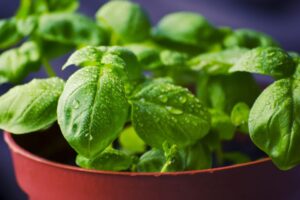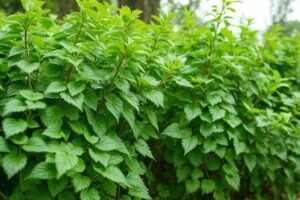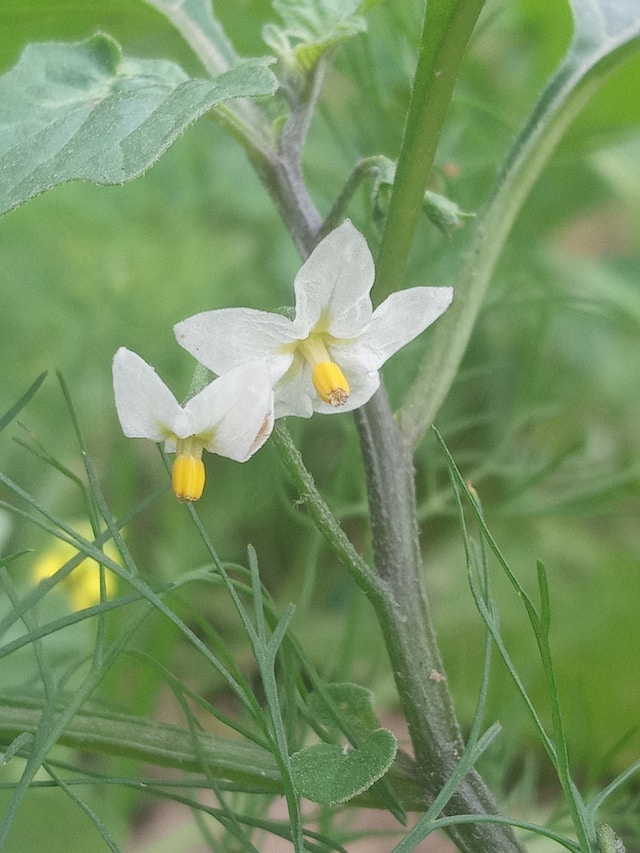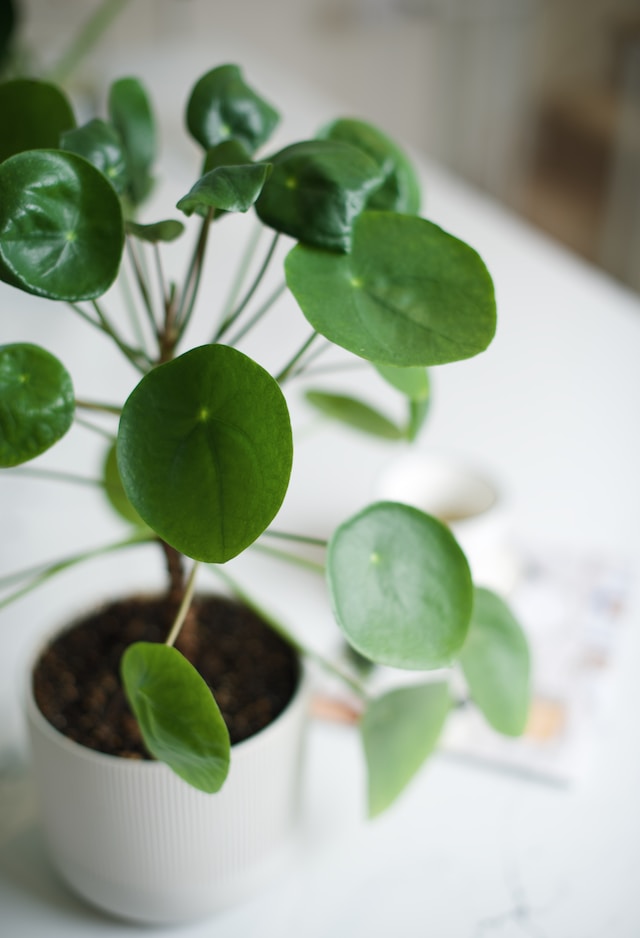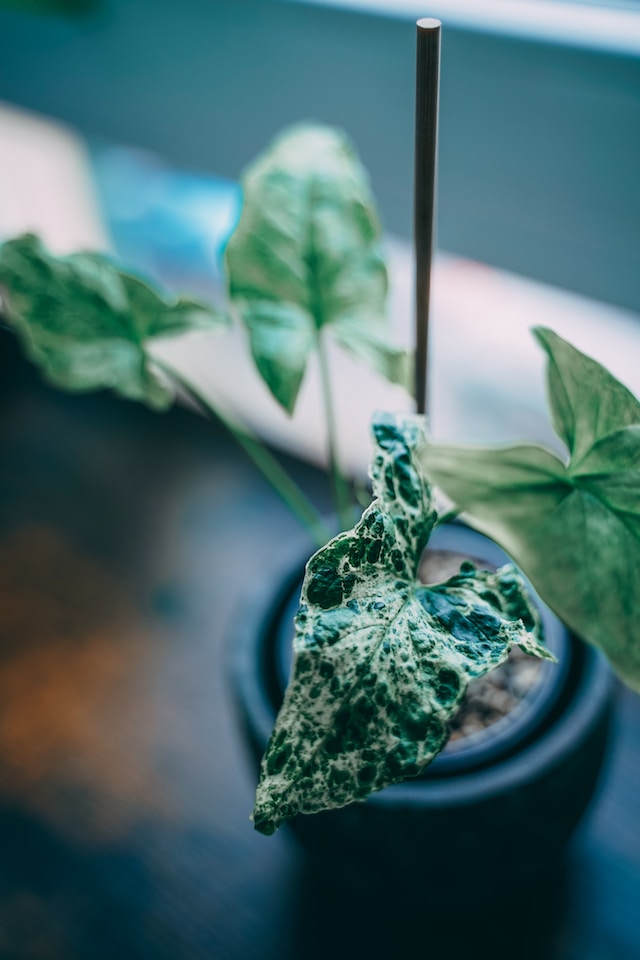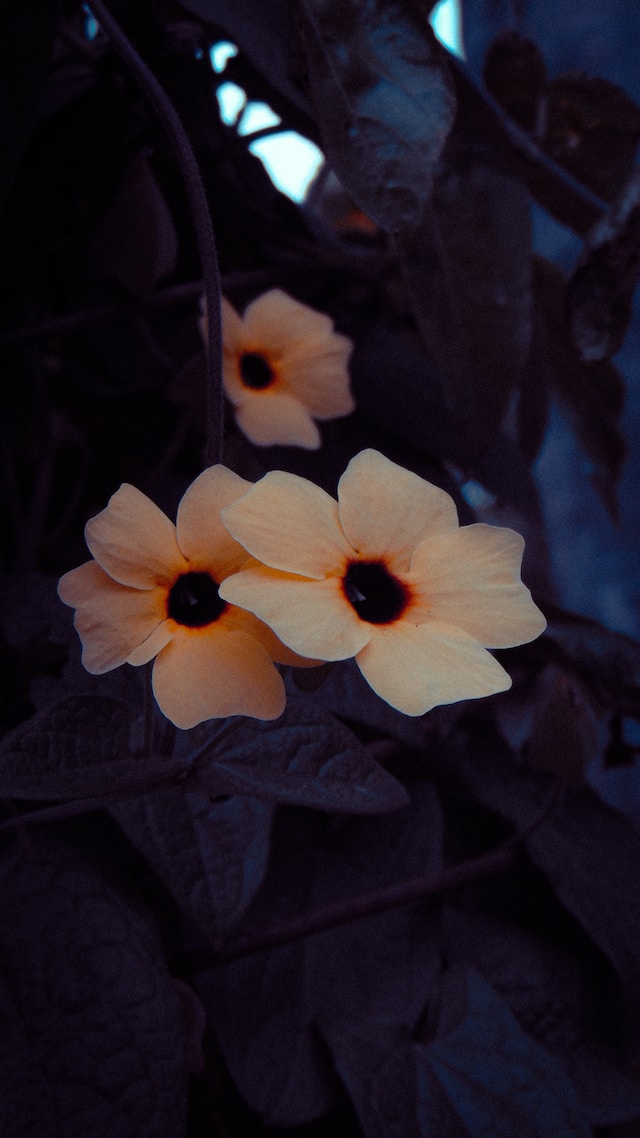Introduction
Solanum laxum is a plant that can be grown in many different climates and conditions. It grows quickly, so once you’ve learned how to care for it, there’s little reason why you won’t be able to enjoy fresh peas all year round. The flowers are edible and make a great garnish for meat or fish dishes, while the leaves can be used as an alternative to spinach or chard in any recipe. If you’re looking to grow your own food without having to spend lots of money on seeds or soil amendments then Solanum laxum is an excellent choice!
What is Solanum Laxum?
Solanum Laxum is a plant that produces an edible fruit. It’s also known as the tree tomato, or the Australian tomato tree. Solanum Laxum is a member of the nightshade family and is related to other plants in this group such as potatoes and peppers.
The fruit of Solanum Laxum looks similar to an eggplant but is smaller (about 1 inch long) with a bright red skin and creamy white flesh inside that tastes similar to tomatoes but milder in flavor with less acidity than traditional tomatoes grown outdoors in your garden bed or container on your patio table!
Growing Conditions for Solanum Laxum
Solanum laxum is a perennial that can grow in USDA zones 5-10. The plant prefers full sun but will tolerate partial shade. Growing in a sunny location will result in larger leaves and more prolific fruit production, but if you have less than ideal conditions for growing solanums (e.g., heavy shade), then consider planting your Laxum plants under an oak tree or another large deciduous tree for extra sunlight during the summer months.
The soil should be well drained and moist, but not soggy or boggy–you don’t want them to drown!
Solanums need regular watering throughout their life cycle; however some gardeners report needing less water than others depending on how hot it gets where they live during summer months when growth slows down due to drought conditions taking place at higher elevations where temperatures may reach 100 degrees Fahrenheit (38 Celsius).
Caring for Your Solanum Laxum Plants
Solanum laxum plants thrive in full sun, but they can also grow in partial shade. If you plant them in a sunny area, take care to water them regularly and fertilize them at least once a month.
If you live where it rains frequently or if your soil tends to be on the sandy side, consider using raised beds for your Solanum laxum plants. This will allow any excess water to drain away from the roots of your plants without causing root rot or other damage.
When watering your Solanum laxum plants:
- Water deeply–at least 2 inches per week–and don’t let their soil dry out between waterings (you can stick an inch-long piece of PVC pipe into ground near base of plant; if there’s moisture inside it when removed after 24 hours has passed without rainfall/irrigation then that means it needs more).
Tips for Harvesting and Preserving Solanum Laxum
Harvesting the fruit is an important step in the growing process. You want to pick it at just the right time, so that you can enjoy its sweet flavor. If you harvest too early, the fruit won’t ripen properly; if you wait too long and harvest when it has already fallen from the plant or become overripe and bitter, then your harvest will be less than stellar.
The best way to determine whether or not your Solanum laxum needs harvesting is by observing its appearance and texture: if it’s still green but has started turning yellowish-brown on top (this indicates ripening), then it’s probably ready for picking!
Can I Eat the Leaves of My Solanum Laxum Plant?
Yes, you can eat the leaves of your Solanum Laxum plant. They’re a great source of vitamin A and C, as well as fiber. The leaves also contain calcium, iron, and magnesium–all of which are important for good health.
How to Make a Chutney With Your Freshly Harvested .
Chutney is a relish or side dish that’s made with fruits and/or vegetables, vinegar, sugar and spices. It can be eaten as a condiment with curries and other Indian dishes. The word “chutney” comes from the Hindi word ‘chatni’ meaning to lick something up; this refers to how you eat chutneys–you dip your finger into them and then lick them!
Chutneys are usually fermented; this gives them their distinct flavor but also helps preserve them so they last longer before going bad in your fridge (if they don’t get eaten first). Fermentation isn’t required though–you could just make an uncooked tomato sauce if you wanted something quick-and-easy instead of fermenting it yourself at home using salt brine technique .
If you’re looking to grow your own food, Solanum laxum is a great plant to start with.
If you’re looking to grow your own food, Solanum laxum is a great plant to start with. This perennial fruit is native to South America and was first introduced in the United States in 1872. It can be grown in a greenhouse or garden and requires very little maintenance. This makes it an ideal choice for beginners who are just starting out growing their own food!
Conclusion
Solanum laxum is an easy-to-grow plant that can be used in a variety of ways. It’s also known as the Chinese potato or nightshade and can be found growing wild in many areas around the world. If this sounds like something you want to try growing in your garden, then follow these tips on how best care for your Solanum laxum plants!



